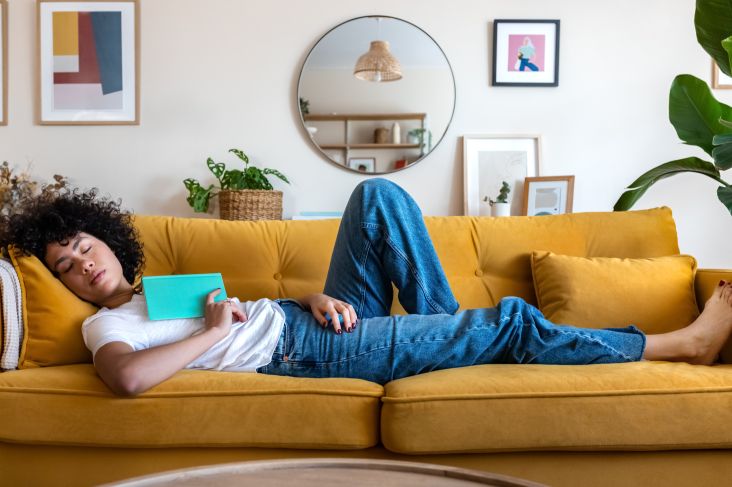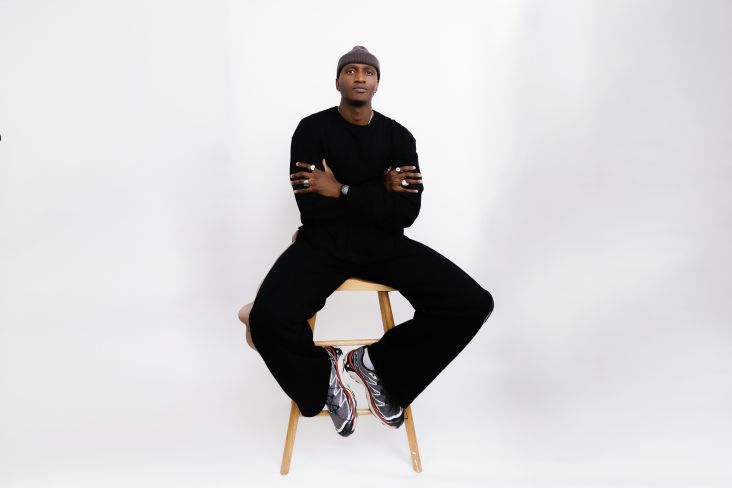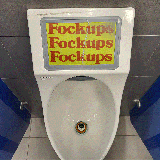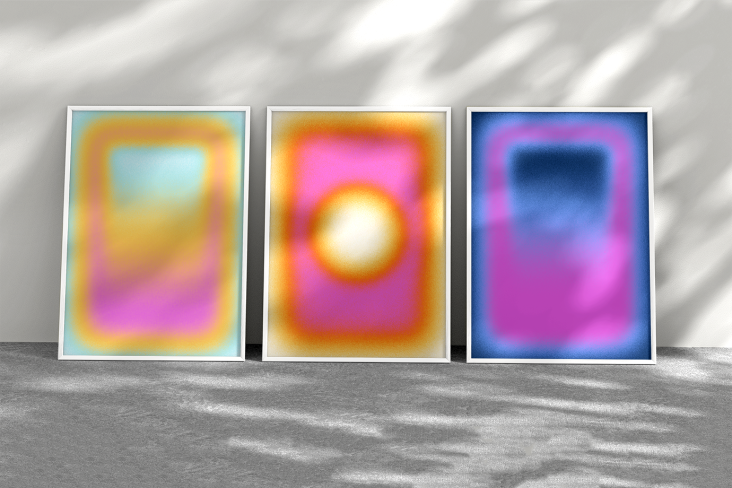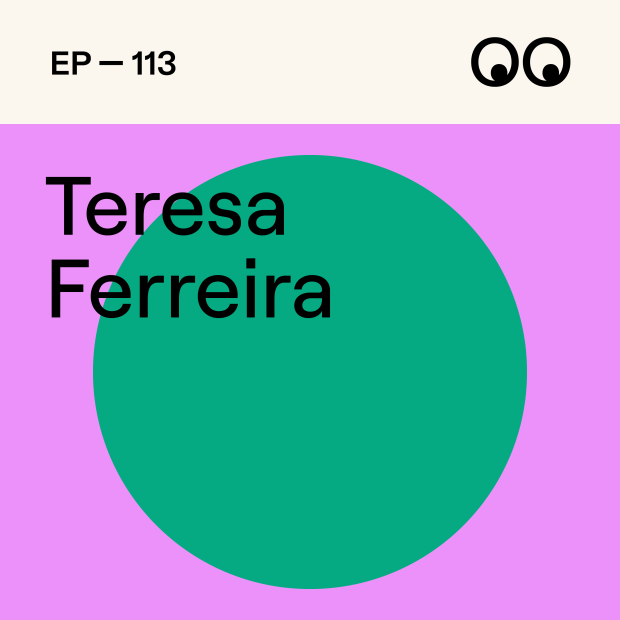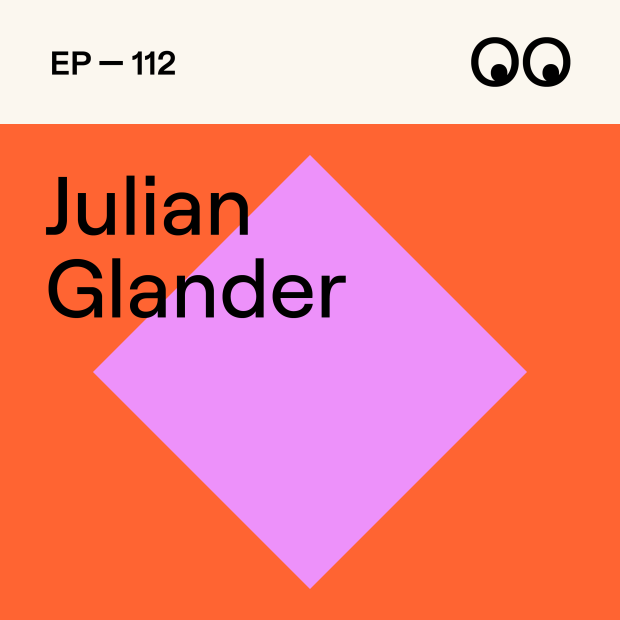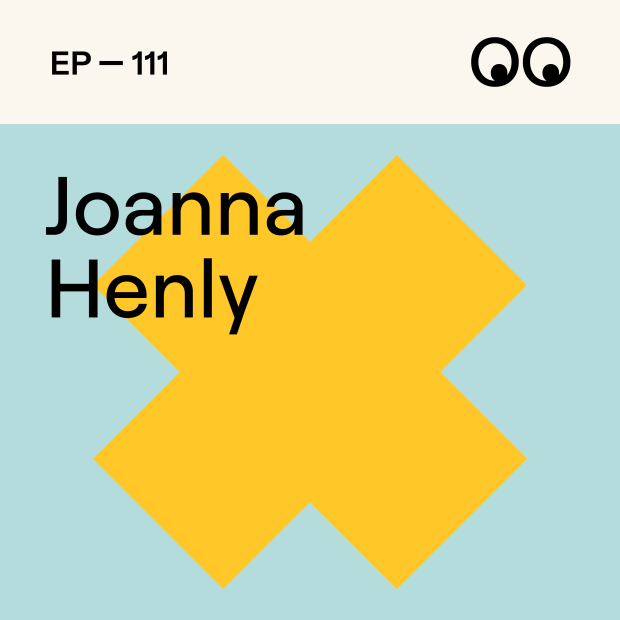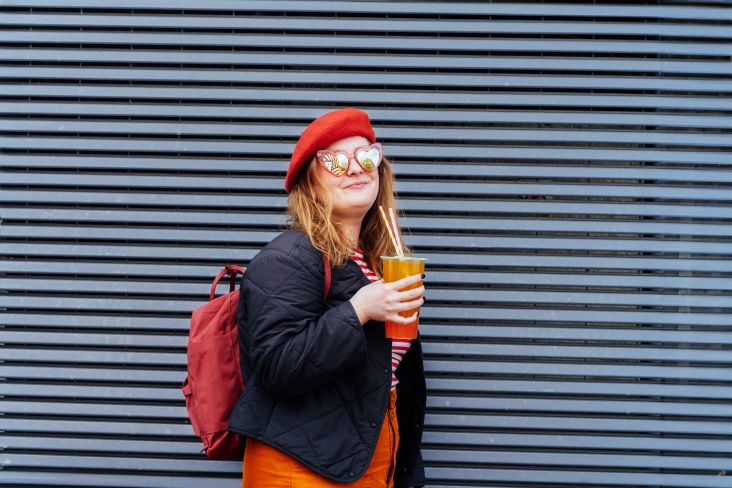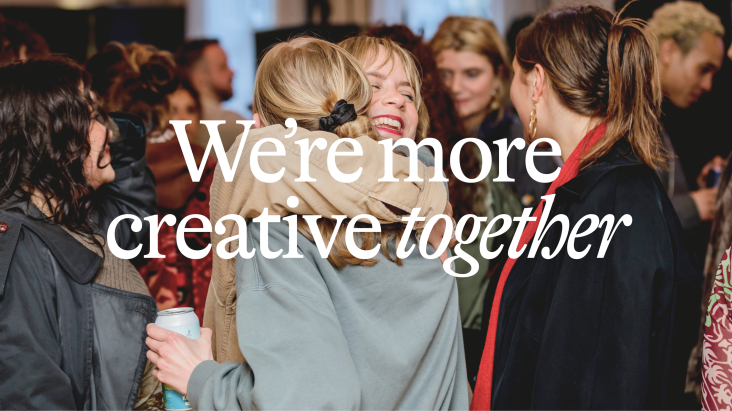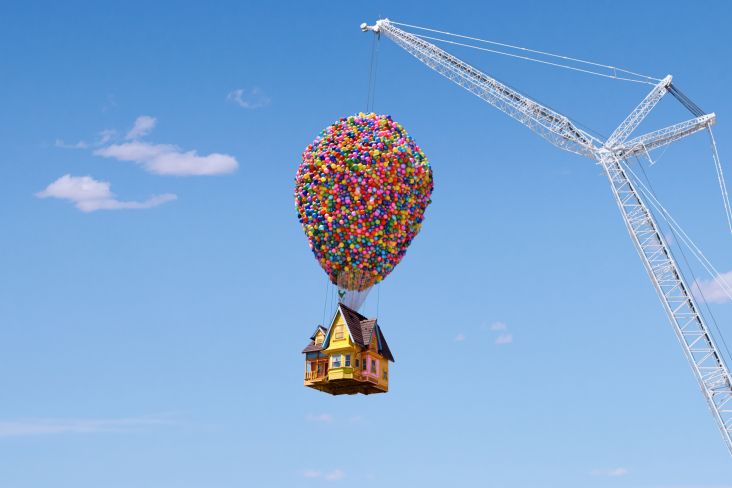How to use your downtime to boost your creative career
Short of work? Don't see it as a problem; see it as an opportunity! We share practical tips from the creative community to help you make the most of your downtime.
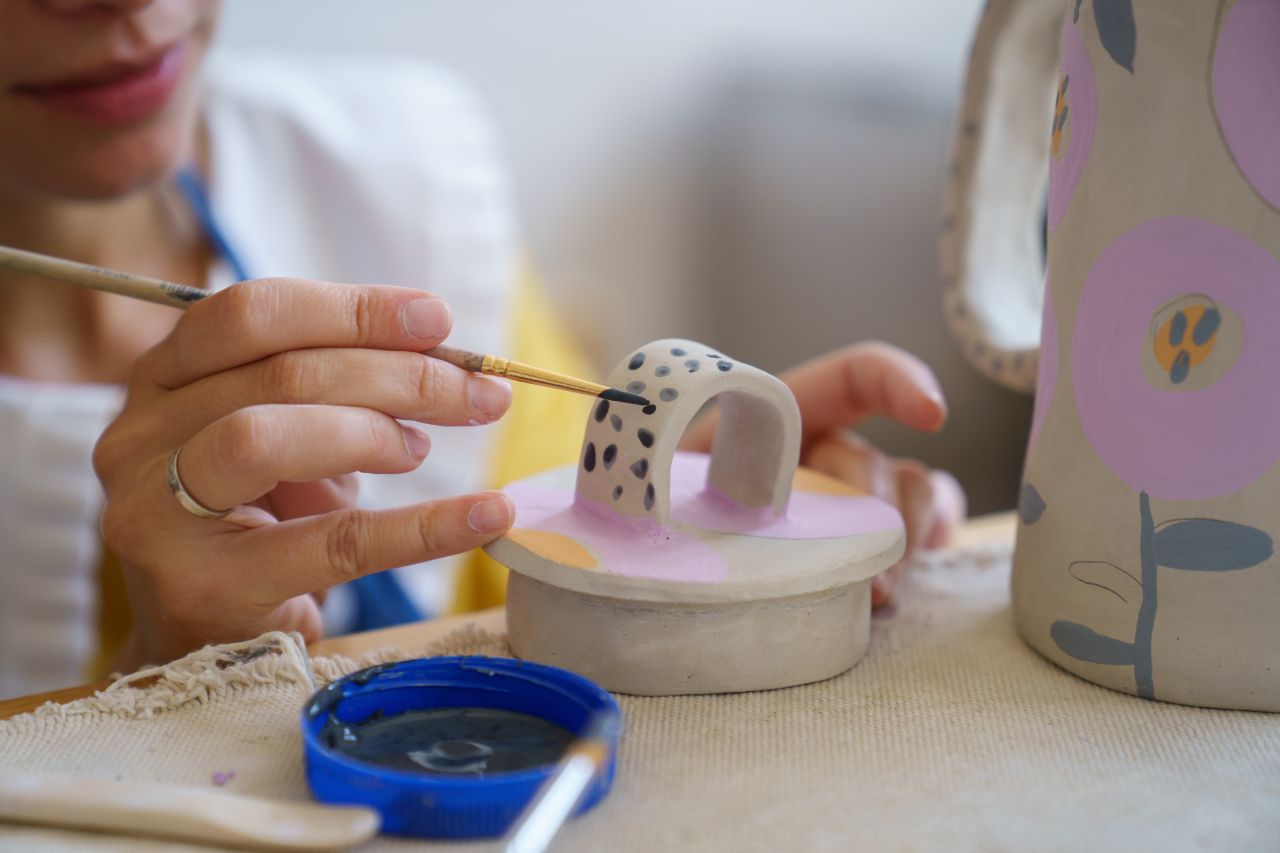
Image licensed via Adobe Stock
It's great working as a freelancer in the creative industry. But it can be a rollercoaster ride, with periods of intense activity often followed by long lulls where you have little or no work to do.
In theory, we tell ourselves that this shouldn't be a problem. We can use that time to work on our skills, start a side project, spend time with loved ones or just chill out. Yeah, just like we were going to do in lockdown. But honestly, how well did that go for you?
Unfortunately, in practice, even experienced freelancers can go into panic mode during downtime, worrying they'll never work again. And so rather than biding our time and enjoying the opportunity to do other things, we start accepting all manner of tedious or badly paid work, despite ourselves.
Deep down, though, we know this is self-destructive. We know that if, instead, we harnessed these slow periods as an opportunity for growth and inspiration and leveraged our downtime effectively, it would benefit us in the long run.
The good news is that it's possible to reframe downtime from a calamity to an opportunity: to refuel your creative tank, help you explore new avenues, and emerge stronger and more inspired than ever before.
But how do you achieve this in practice? We reached out to the creative community to gather their insights and strategies. Their tips offer a roadmap for turning potential setbacks into springboards for creativity and professional development. You can read the full discussion, meanwhile, on Twitter and Threads.
1. Change your mindset
As I mentioned earlier, most of us know in our heart of hearts that we should be making the most of downtime. But something inside us stops that from happening. A lot of the time, this is based on deep psychological impulses that may rely on long-term solutions, such as meditation or therapy. But these take a while to work through, so ultimately you just have to give yourself a kick.
However, if the 'stick' isn't working, how about the 'carrot'? Comedian Jimmy Carr often talks about how we must "give ourselves gifts in the future". In other words, ask yourself, "What can I do today that I will thank myself for tomorrow?" Once you start visualising how pleased you'll feel in the future for doing a specific thing with your downtime right now, it can be a surprisingly motivating force.
2. Embrace personal projects
So, what are the best ways to spend your downtime? One common approach is to pursue personal projects that have been sidelined during busier periods. And this can be surprisingly liberating. As artist Rachel Tighe says, "I see slow periods as a time to paint whatever the hell I want. Even if it turns out crap, there are no pressures at all. I see it as growth because I'm getting it out of my system, no matter the outcome."
One-person design studio Kate Moorhouse takes a similar approach. "I've used slower periods in my brand design world to create my own art," she explains. "And I probably wouldn't have done this without having some extra time. I love the freedom of exploring and creating prints and textiles."
Get a head start by making lists of potential tasks and projects to tackle on a regular basis. As portrait, wedding and boudoir photographer Julian Knopf recommends, "Always have a list of personal projects. Things that will challenge you and make you grow. Things that don't matter if they go wrong. Things you do just for fun."
3. Get organised and refocus
We're often so busy meeting the next hour's deadline that we don't have the chance to take a step back and assess how our career is going. Slow periods, in contrast, can be a fantastic opportunity to get our affairs in order and refocus on our long-term goals.
Multi-disciplinary graphic designer Ryder Design, for example, uses downtime to "Catch up on admin, 'house cleaning' my Mac – I make sure it's running as fast as it can; backing up my work; all the stuff that gets pushed back, basically."
That said, most of us need to plan this carefully; otherwise, it's easy to get distracted. So, as marketing specialist Nina Cleere advises: "Keep a strict daily schedule. Write a three-part to-do list. One: What you did. Two: what you need to do and know how to do. And three: what you need to do but don't know how to do. I find this helps free my mind and enhances my creativity. Truly, I've had many more creative ideas since starting this."
4. Start experimenting
When the workload slows down, it's the perfect opportunity to step out of your comfort zone and experiment with new creative techniques or mediums. As mixed media artist Julianna aka Paperworx Art says, "When things slow down it's time to play and experiment with your art. Try something new. I like taking classes to keep on learning." Mark Wilks agrees, noting: "The slower times allow experimental creativity, enjoying the process for the sake of it, and learning new techniques without a deadline."
The secret to being experimental is casting off all the normal work norms and following your gut. "Sometimes I just let my hands move with material I've wanted to try," says handknit designer Sootangos. "And sometimes I look at calls for submissions and start something as if I were submitting it. It might prompt me into a direction that hasn't been on my mind."
5. Revisit old ideas
Want to get experimental but don't know where to start? Here's one method you could try. "After the procrastination has passed, I go into my stack of sketchbooks and revive old ideas," says illustrator Spencer Wilson. "I also keep a Notes document with words and ideas that inspire me, and then I try to set a time limit and get on it. Posting to socials makes it real and helps me spot errors and gain feedback."
Freelance illustrator Roshi Rouzbehani takes a similar approach, "I often look back at previous work to see what worked and what didn't," she says. "Sometimes, I push myself to try new techniques to step out of my comfort zone." As does collage, print and surface designer Meg Fatharly. "I look back at old work and inject new ideas into it," she says. "This often involves cutting it up, putting it through a new process, or adding something to it."
6. Explore new experiences
You only have one life, and you don't want to spend it doing the same thing over and over again. So when you get the opportunity to mix things up a little, you should grasp it with both hands. That's why creative coach Helen Jane Campbell emphasises the value of immersing oneself in different environments.
"I love to use the time to visit different sorts of businesses in person," she says. Recently, for example, I went to visit a tea company that I admire. I also seek out little adventures, and so, a few weeks back, I sailed around the Isle of Wight for charity."
7. Work on admin
The quieter periods can be a prime time to tackle the administrative tasks that often get pushed aside when busy. As print-making artist Geneva Puryear says, "I work on admin, website updates, inventory, marketing and other less fun creative tasks. I focus on these as primary projects in the slow and winter months."
For illustrator Jacqueline Colley, meanwhile, downtime means "developing new prints and pieces for my online shop. I will either dive into my sketchbook to see what ideas are lurking there or keep a 'to develop' list."
Maintaining an active blog, conversely, not only helps with SEO but can inspire your creativity. Web designer Aime Cox-Tennant says, "I boff out as much blog content as possible. Writing and scheduling a few posts over a handful of weeks means I still have plenty of SEO boxes ticked and content to power future social media posts too."
8. Plan for the future
Ever had the feeling the last 10 years went by without your permission? Unfortunately, unless we plan for the future, the future's going to happen anyway.
That's why the breathing room offered by downtime, far from being a curse, could be the best present you've ever had. Ultimately, it's the perfect way to plan and prepare for busy periods in the future.
That's certainly the case for marketing and growth strategist Shawneé Owens. She explains: "I'll use my downtime to work on a course; update my portfolio; work on strategic planning; do research and workshop planning; declutter and get organised; plan for a future brand/content shoot; do coffee chats with colleagues and industry pros."
Illustrator and artist Alyah Holmes adds: "I have a list in my notes of stuff to do. They are: Create work related to upcoming events. Reach out to brands. Prepare taxes and organise the year. Update portfolio and client list. Update workspace. Organise files and spreadsheets. Personal projects."
Let's face it: when you read a list like that, you realise how much potential there is in downtime. In fact, it might even be tempting to turn down work in order to create more of it!
9. Do nothing
There's no rule, of course, that you have to do anything during your downtime. So why not just decide to take a break and recharge?
That's not laziness but investing in your future creativity and productivity. As brand designer Yvie Ormsby notes, "The thing I do that has the most impact on my creativity during slow periods is rest. Once you get past the weird 'am I allowed to not do?' phase and get into 'I'm bored', it's magic. In our industry, we're often pushed into the hustle unknowingly, but there truly is something special about the creativity that spawns from doing nothing."
Can't stand the idea of doing nothing at all? Then take a leaf out of illustrator and designer Anna Hamill's book. "I always feel inspired when I go for walks in the countryside," she says. "Downtime and slower periods afford me more time to do that. I always get back to my desk full of ideas and new products ready to go, and when things busier again, I have a lot of new things for people to buy."
This might not sit well with some people. "But sometimes when it slows down, YOU need to slow down," urges marketing agency Found. "It doesn't ALWAYS have to be about the grind, the next skill, the new idea. Step back, find a quiet place, and just listen. Stop trying to control everything and just let go for a moment. Have kids? Play with them. Walk the dog. Drink a beer in the sunshine. Recharge the battery and then hit it again with a full tank."

